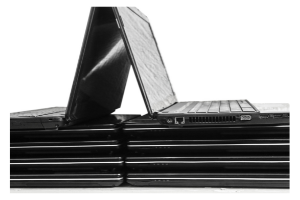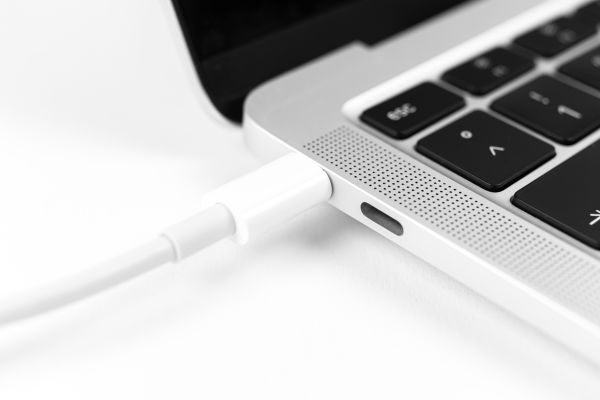The Definitive Guide for K-12 Classroom Device Deployment
Chapter 5: Managing and Charging Devices
Now that students have access to devices, it is important to think about how they will be managed in the classroom. Here are the most common models used by grade level for districts that are 1:1, or almost 1:1.
Elementary (PK-5)
Typically students of this age stay with the same teacher for most of the day in the same classroom. Because these students are younger, devices are most frequently kept in the classroom for overnight charging. This eliminates accidental damage at home, students forgetting the devices, or bringing them in uncharged. This age level is most likely to still use a shared device model.
 Middle School/Jr High (6-8th)
Middle School/Jr High (6-8th)
The homeroom model, or first class period model, is the most common method for this age. Students are responsible for picking up their device at the beginning of the day and returning it to the same in-school charging station before they leave for home. Some schools use a central location near the front office or library in lieu of a homeroom as the designated charging area.
High School
Many (but not all) districts find that high school students are responsible enough for the take-home model, where each student is responsible for their own device at all times. With heavier homework loads, high school students are expected to regularly need their device at home.
Mobile Model for Shared Devices
For schools not yet 1:1, mobile carts that travel based on project need are commonly used for all grades. Some schools share sets of devices, and grade levels or classroom cohorts have an access schedule.
Considerations
 When purchasing an in-class charging and storage solution, you may want to consider:
When purchasing an in-class charging and storage solution, you may want to consider:
1. Will you number the devices and ensure the same student accesses the same device? Does the cart, cabinet, or Tower have a system in place for this?
2. Does the cable management allow for younger students’ dexterity?
3. How intuitive is the cable management in general, how easy is it to mess up?
4. Who is in charge of managing the cart, the students or the teacher? If the students, what does the charging solution offer to make it easy for the students?
5. If there is one central location in the classroom where devices live, what is the “flight pattern” to avoid traffic jams? Does the charging solution offer a method or process for this?
6. How versatile is the charging solution for different classroom layouts?
7. How are the devices and power bricks kept secure from theft?
8. Is a mobile or more permanent station (wall mounted) preferred?
9. How much classroom spaces does the charging solution use?
 10. Will the solution allow for easy device location discovery when an update/repair is needed? (I.e, an inventory management solution.)
10. Will the solution allow for easy device location discovery when an update/repair is needed? (I.e, an inventory management solution.)
11. Is the charging solution designed to keep devices cool?
12. Does the charging solution allow for unobstructed wireless updating?
13. Is the charging solution designed to discourage dropping or damaging devices?
14. How does the charging solution prevent overloading the electrical circuit?
15. How long does it take for devices to charge?
16. How often will I need to access the power bricks, and how easy is that?
17. How aesthetically pleasing is the solution, and are options like custom colors available?
More Tips for Success
An essential resource for successful implementation: Digital Classroom Implementation Checklist
Student Expectations
It is imperative that students understand expectations for accessing, using, and returning their devices. You may consider starting with a few expectations and have students add to the list. To increase ownership, have student teams create short videos defining each expectation. If a student needs re-teaching, the student-made videos will be a great resource!
Routines
Students flourish with routines because it provides predictability in their day. That said, it is important to build routines around devices. You may want to consider:
• What do students do when they enter your classroom?
• If students are working independently, what does that look like?
• If students are working collaboratively, what does that look like?
• How do students retrieve/return devices?
Here are some examples of resources to support expectations and routines:
Device Use Poster
Student Digital Learning Expectations
PBIS Digital Matrix
iPad Hero Expectations
If students are taking devices home, be sure to consider charging options. If you send home charging cords, purchase extras to have in each classroom. Your library media center is a great place to become the hub of digital support: devices, cords, and peripherals to enhance the learning experience (green screen, doc cameras, etc.).
Download Complete Playbook